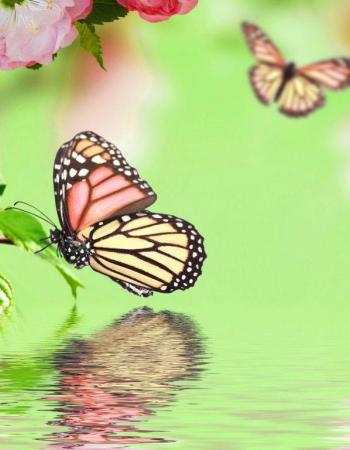Chemical Composition and Evaluation of Antifungal and Insecticidal Activities of Essential Oils Extracted from Jambosa caryophyllus (Thunb.) Nied: Clove Buds
Jambosa caryophyllus has been used in traditional phytotherapy as a treatment against infections. In the present work, essential
oils extracted from clove buds (Jambosa caryophyllus ) (EO-JC) were investigated for their composition, antifungal, and insecticidal properties. Extraction of EO-JC was performed by use of hydrodistillation using a Clevenger-type apparatus, and the
EOs were analyzed by gas chromatography coupled with mass spectrometry (GC-MS). Antifungal activity of EO-JC was evaluated
by the use of solid-state diusion (disc method) and microdilution to determine the minimum inhibitory concentration (MIC),
against three strains of fungus, Aspergillus niger, Aspergillus avus, and Fusarium oxysporum. Insecticidal activity of EO-JC against
the cowpea weevil, Callosobruchus maculatus, was determined to assess utility of EO-JC to control this pest. Several exposures
including inhalation and contact were used to determine lethality, as well as the repulsion test was conducted at concentrations of
4, 8, 16, and 32 μL EO-JC. Characterization of EO-JC by GC/MS revealed 34 compounds accounting for 99.98% of the mass of the
extract. e predominant compound was eugenol (26.80%) followed by β-caryophyllene (16.03%) and eugenyl acetate (5.83%).
e antifungal activity of EO-JC on solid media exhibited inhibitions in the range of 49% to 87%, and MIC was between 3.125 and
7.80 μg EO-JC/mL. Insecticidal activity, as determined by the use of the inhalation test, and expressed as the LD50 and LD95 after
96 hours of exposure was 2.32 and 21.92 μL/L air, respectively. In the contact test, a 96-hour exposure resulted in LD50 and LD95 of
5.51 and 11.05 μL/L of air, respectively. EO-JC exhibited insecticidal activity against fungi and pest chickpea weevil.

Background: Tick- borne rickettsiae present significant health risks to both humans and animals globally. However, the epide miology of rickettsial pathogens in Pakistan remains largely unexplored…

According to the World Health Organization, Mycobacterium tuberculosis infections affect approximately 25% of the world's population. There is mounting evidence linking autophagy and…

Specific information about the dispersion of Culex quinquefasciatus from Dschang in western Cameroon is scarce, and evidence-based interventions are needed. Common use of larvicides and…

